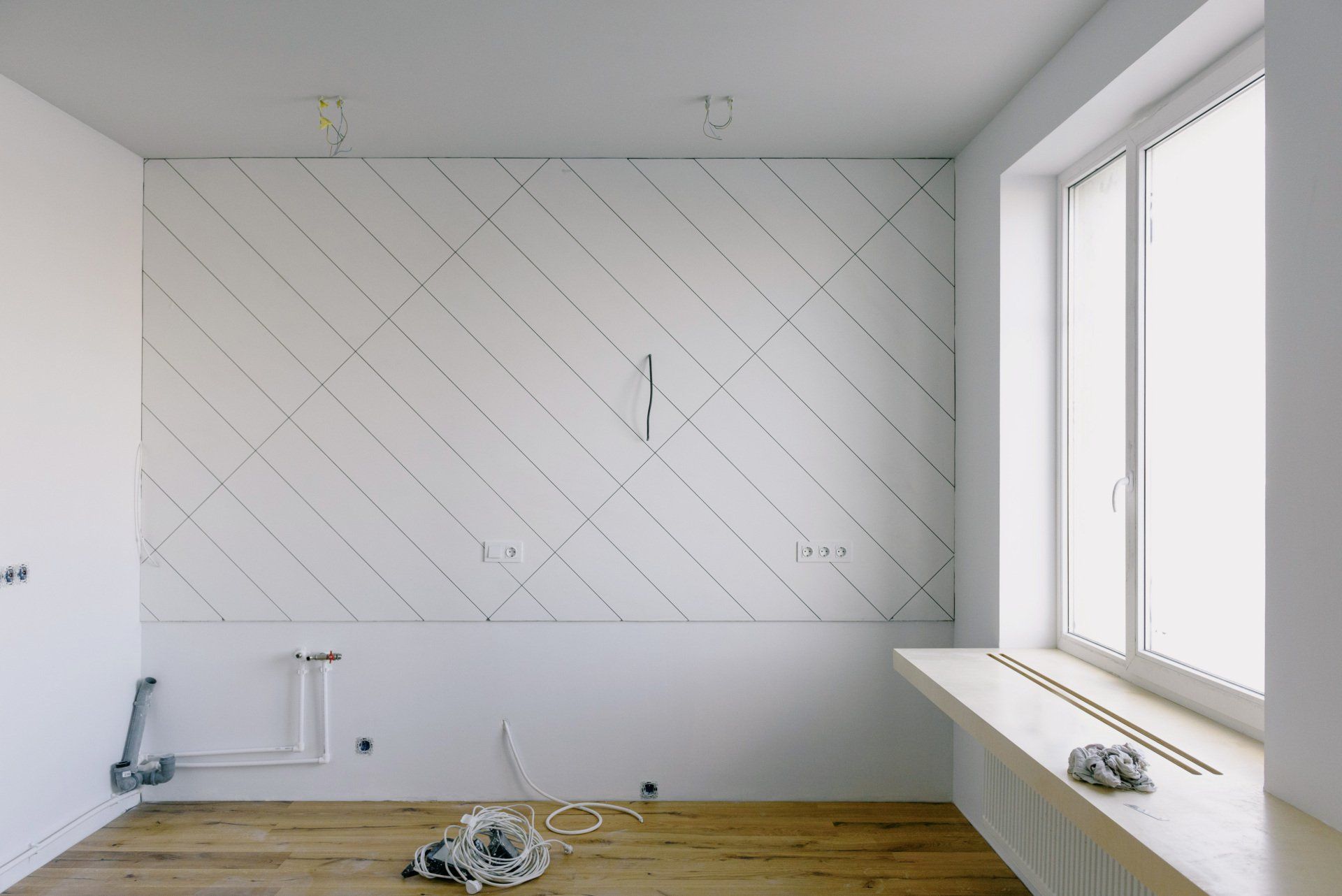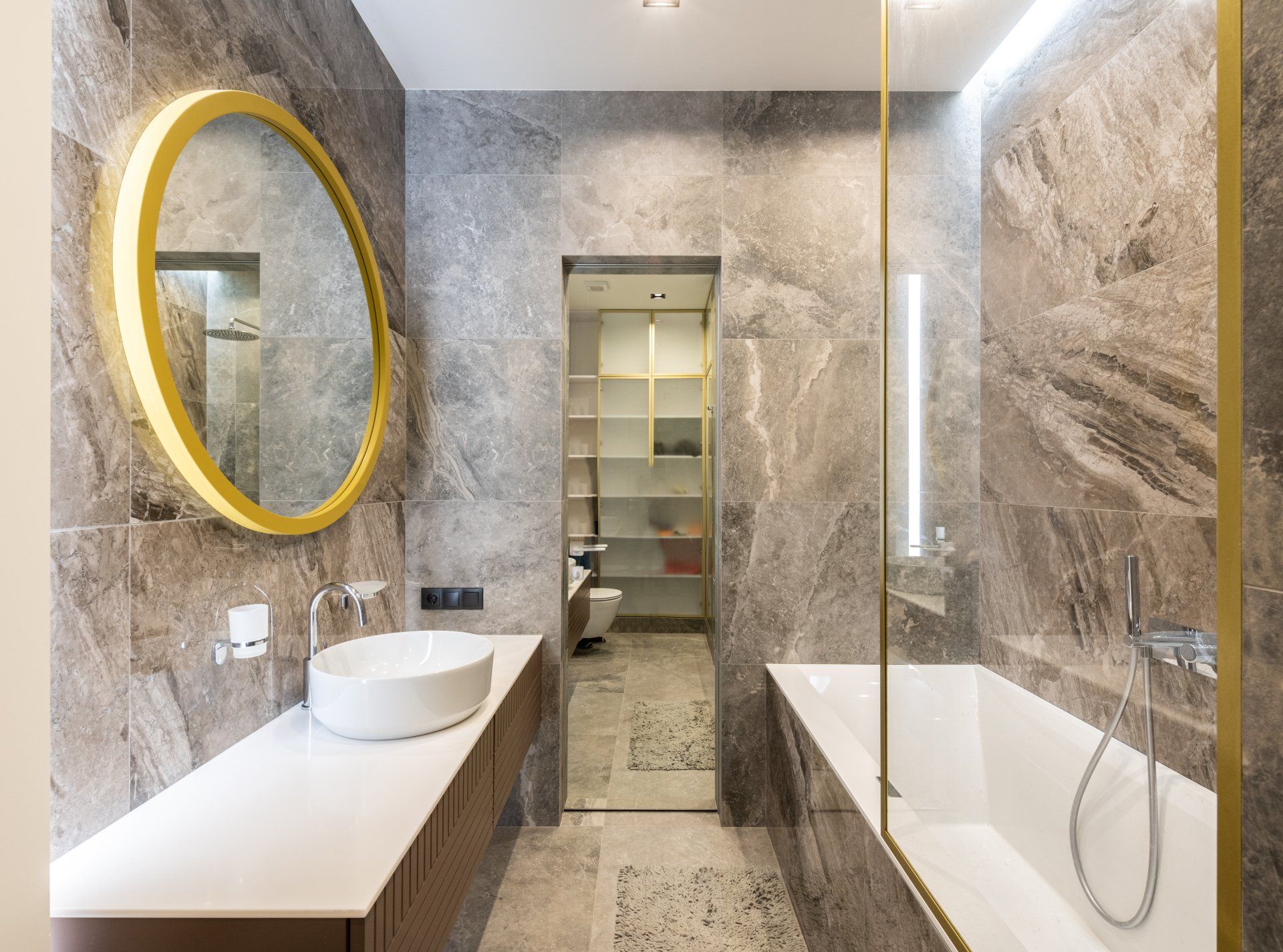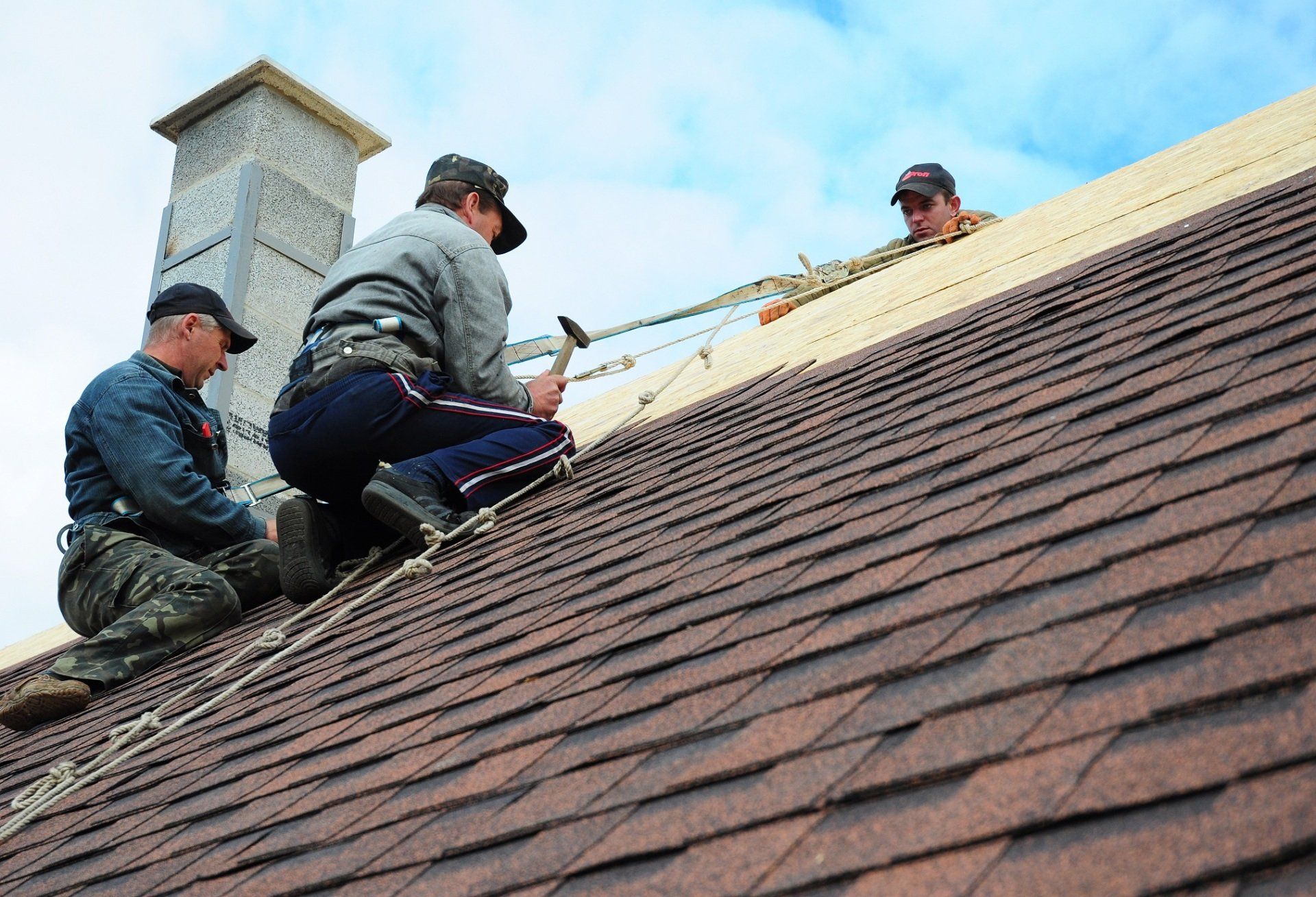Elevate Your Interiors: A Beginner's Journey through Drywall Installation
Mastering the Art of Drywall: Tips and Tricks for Effective Installation and Repair
Drywall installation is an essential aspect of modern home construction and renovation, providing a smooth, paintable surface for your walls and ceilings. For those new to this task, understanding the nuances from selecting a drywall contractor to the finishing touches is key to a successful project. This comprehensive guide will navigate you through the various stages of drywall work, ensuring your journey is both educational and fulfilling.

1. Understanding the Basics of Drywall
Before diving into the installation process, it's important to familiarize yourself with what drywall is. Drywall, also known as sheetrock, is a panel made of gypsum plaster pressed between two thick sheets of paper. It is used for creating interior walls and ceilings and has become popular due to its quick installation and relatively low cost.
2. Choosing the Right Drywall Contractor
Hiring a skilled drywall contractor is crucial for a high-quality installation. Drywall professionals are trained in the various techniques required for properly hanging and finishing drywall. When selecting a contractor, consider their experience, portfolio of previous work, and customer reviews.
3. Preparing for Drywall Installation
Preparation is key to a successful drywall installation. This involves measuring the area where the sheetrock sheets will be installed, acquiring the necessary materials, and preparing the workspace. Ensure you have the correct size and type of drywall sheets, as well as all the necessary tools.
4. Hanging Sheetrock
Hanging sheetrock is the first step in the drywall installation process. This involves cutting the drywall sheets to size, aligning them to the wall or ceiling frame, and securing them in place with drywall screws. Accuracy and precision are important at this stage to avoid extra drywall fix later.
5. Drywall Patching and Repair
Drywall patching is a common task for fixing cracks or damages in your walls. This involves cutting a piece of drywall to fit the damaged area, attaching it securely, and then applying drywall paste to blend it seamlessly with the surrounding area.
6. Applying Drywall Compound
Drywall compound, also known as mud, is used to cover and smooth out the seams between drywall sheets. This is a crucial step in ensuring a smooth, uniform surface. The compound is typically applied in layers, with each layer needing to dry before the next is applied.
7. Drywall Screwing and Securing
An integral part of the installation process is the proper placement and driving of drywall screws. These screws should be evenly spaced and driven slightly below the surface of the drywall, allowing them to be covered by the drywall compound for a smooth finish.
8. Drywall Finishing Tools
Various drywall finishing tools are required to achieve a professional-looking finish. These include taping knives, joint compound knives, sanding tools, and more. Each tool plays a specific role in the process of drywall finishing, from applying compound to smoothing and sanding the surface.
9. Drywall Finishing Techniques
Mastering drywall finishing techniques is essential for a flawless end result. This involves applying multiple layers of drywall compound, sanding between layers, and ensuring that all joints, corners, and screws are perfectly concealed.
10. Sheetrock and Drywall Repair
Sheetrock and drywall repair are often necessary over time due to wear and tear. Learning the basics of sheetrock services, such as how to fix small holes or cracks, can save you time and money. It's also important to understand when it's time to call in a professional for more complex repairs.
11. Cost of Drywall Services
The cost of drywall services can vary based on several factors, including the size of the area, the type of drywall used, and the complexity of the project. Be sure to get a detailed quote from your drywall contractor before beginning the project.
12. Drywall Construction Techniques
Understanding the various drywall construction techniques can be beneficial, especially if you're planning a DIY project. This includes knowledge about different types of drywall, such as moisture-resistant or fire-resistant panels, and the best practices for installing them.
13. Drywall Restoration
Drywall restoration involves repairing and restoring walls and ceilings to their original condition. This may include patching holes, fixing water damage, and repainting the surface. A good understanding of drywall repair sheets and techniques is necessary for successful restoration.
14. Final Touches
The final touches in drywall work involve ensuring all surfaces are smooth, free of imperfections, and ready for painting or wallpapering. This is where your attention to detail will pay off, resulting in a beautifully finished space.
Conclusion
Embarking on a drywall installation project can be a rewarding experience, especially when you're equipped with the right knowledge and tools. By following this guide and utilizing the expertise of drywall professionals, you'll be well on your way to elevating your interiors with beautifully finished walls and ceilings. Remember, whether it's hanging drywall, mastering drywall patching, or executing the perfect drywall finishing, each step is an opportunity to enhance your skills and transform your space.
You might also like
Lone Star Home Remodeling Pros - Blog

Working hours
- Mon - Sun
- -
The region's leading professional contractor service since 1997.
Copyright Lone Star Home Remodeling Pros | Proudly Powered by Snapps | SEO




